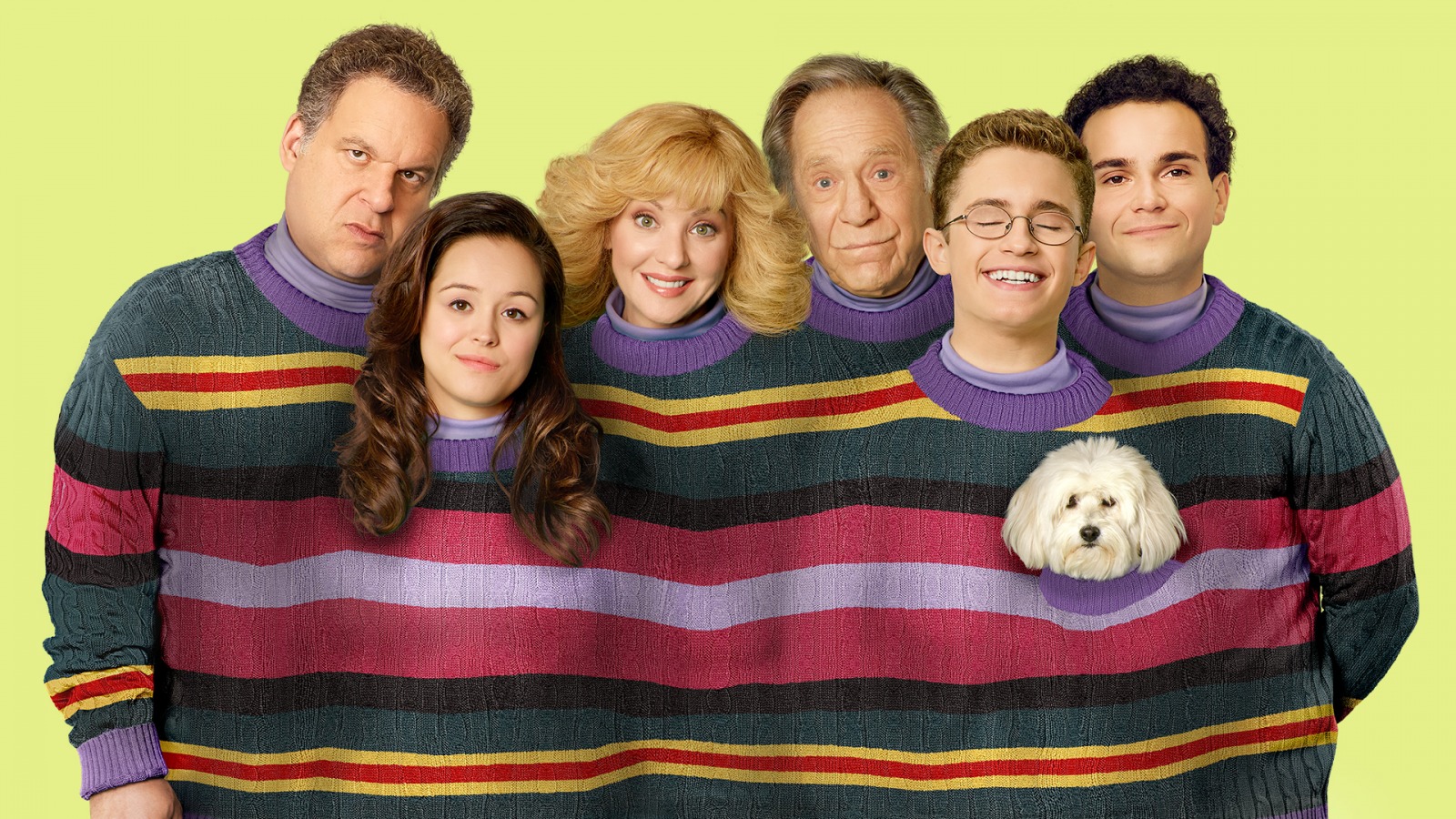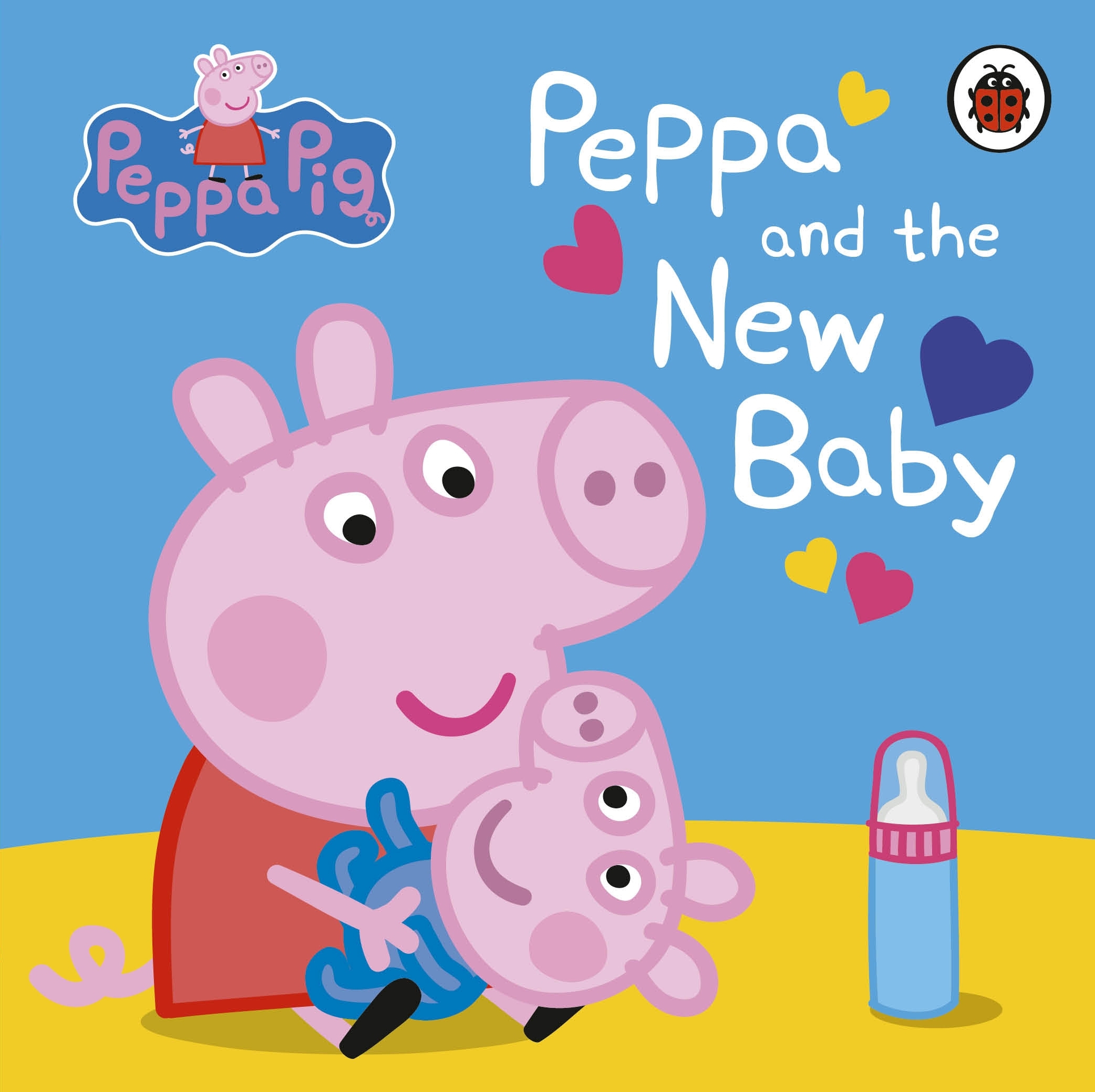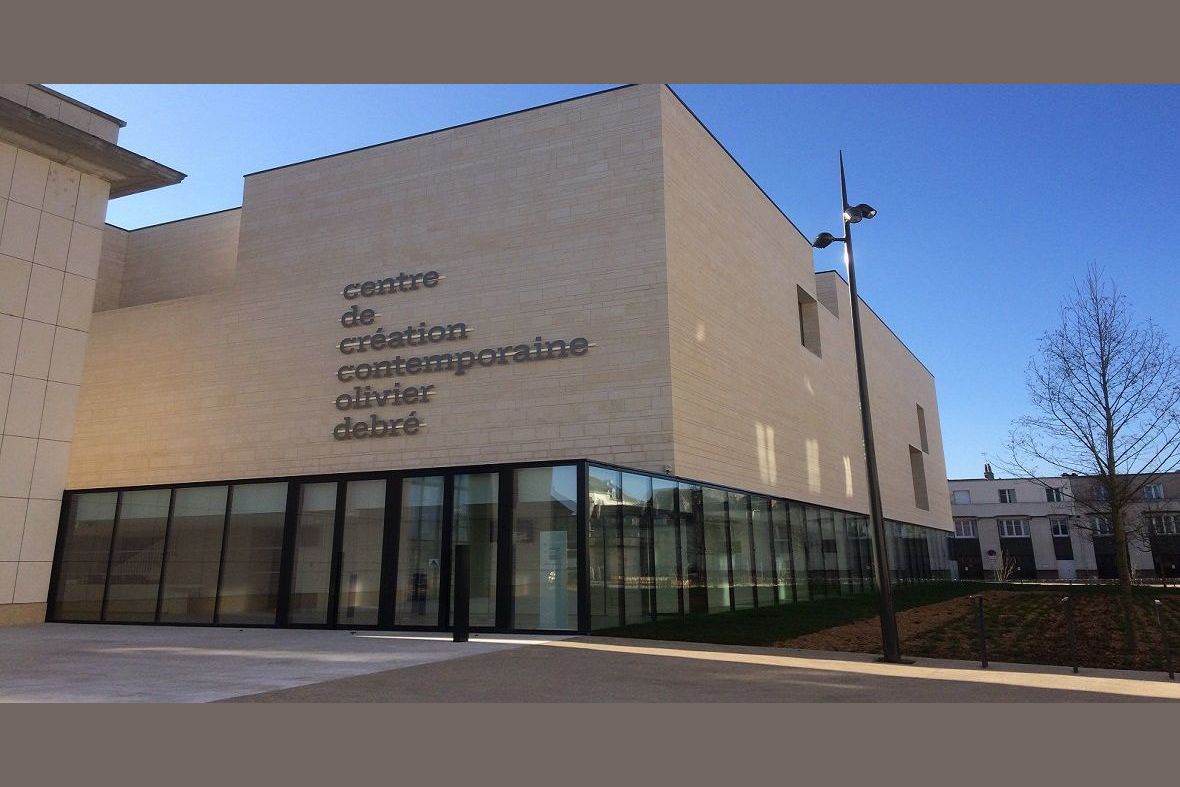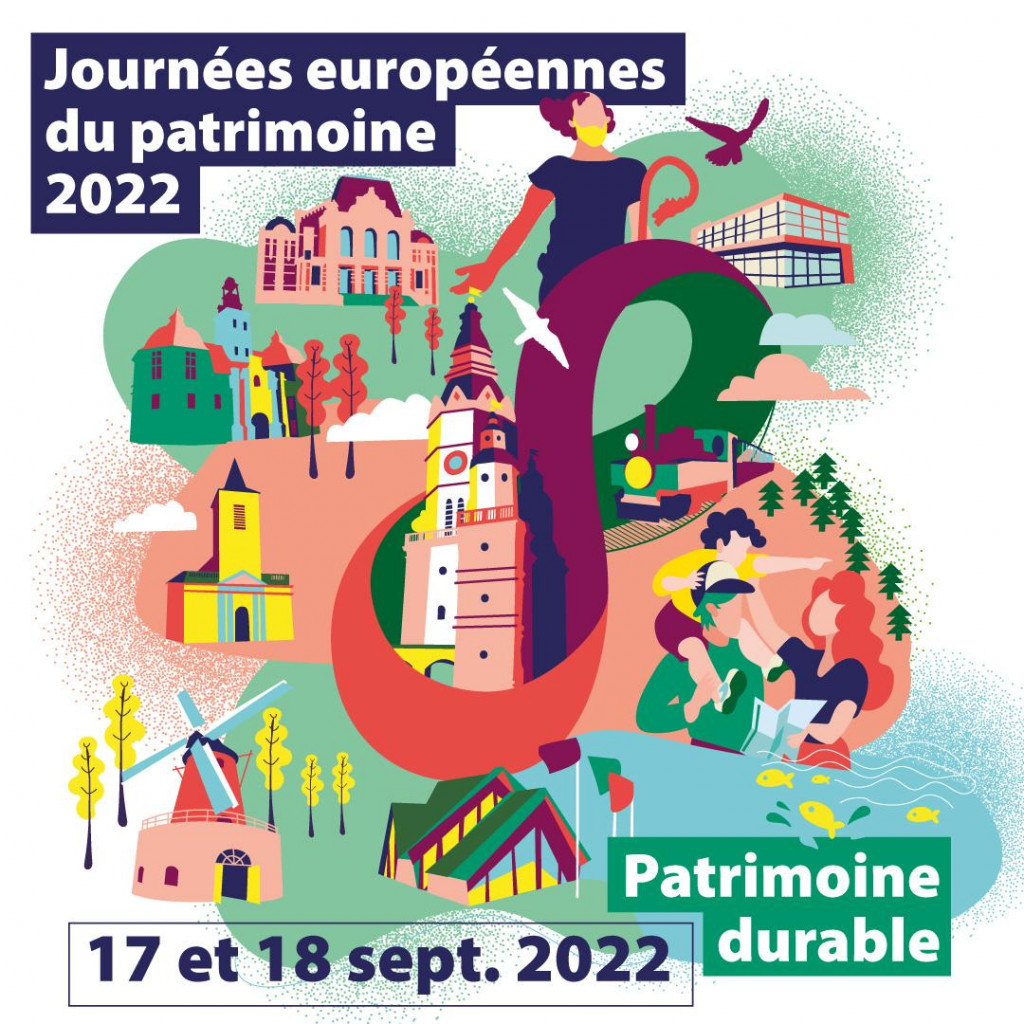The Goldbergs: Comparing The Show To Real-Life 80s Families

Table of Contents
The Goldbergs, the popular ABC sitcom, paints a vibrant picture of family life in the 1980s. But how realistic is its portrayal? This article dives into a comparison between the onscreen antics of the Goldberg family and the actual experiences of families growing up during that decade, exploring the show's comedic exaggerations and surprisingly accurate depictions of 80s family dynamics. We'll examine everything from parental styles and sibling rivalries to the fashion, technology, and overall cultural landscape of the era, asking: how well does The Goldbergs truly reflect the reality of being an 80s family?
Family Dynamics: The Goldberg Family vs. The Average 80s Household
Parental Figures:
Murray Goldberg, the gruff but secretly loving patriarch, embodies a certain type of 1980s father. While many fathers of the era were indeed strong and often authoritarian figures, Murray's portrayal is arguably exaggerated for comedic effect. His bluntness and frequent displays of frustration are played for laughs, but underlying this is a deep, if sometimes awkwardly expressed, love for his family. This resonates with many who remember the more reserved emotional expressions common in 80s father-child relationships.
Beverly Goldberg, on the other hand, represents a more complex archetype. Her overbearing, fiercely protective, and sometimes suffocating maternal style is both hilarious and familiar. While some 80s mothers might identify with her dedication and involvement in their children's lives, her intensity is undoubtedly dialed up for the show's comedic timing. Was this level of intense involvement truly typical? While many mothers were highly involved, Beverly's level of participation is a comedic exaggeration of the era's emphasis on parental involvement.
- Examples from the show: Murray's constant grumbling yet unwavering support; Beverly's relentless pursuit of her children's happiness, often leading to chaotic situations.
- Comparisons with anecdotal evidence or sociological studies: Studies from the era highlight the shift towards increased parental involvement, but Beverly's level of intervention is arguably far beyond the norm.
Sibling Relationships:
The Goldberg siblings – Adam, Barry, and Erica – showcase a classic blend of sibling rivalry, affection, and competition. Their dynamics, while exaggerated for humor, capture the essence of sibling relationships in any era. The constant teasing, the occasional betrayals, and the underlying bond of family are all elements recognizable to anyone who grew up with brothers or sisters.
The specific dynamic between Adam, the awkward youngest child, the athletic but insecure Barry, and the sassy and independent Erica, reflects the varied personalities and developmental stages often present within families. While specific situations may be heightened for comedic effect, the underlying struggles and connections remain authentic reflections of 80s sibling dynamics.
- Specific examples of sibling dynamics from the show: Adam's obsession with recording family events, Barry's various romantic mishaps, and Erica's constant clashes with her brothers.
- Common 80s sibling experiences: Competition for parental attention, shared experiences of childhood, and the lasting bonds created through shared history.
Cultural Touchstones: Accurately Capturing the 80s Vibe
Fashion and Trends:
The Goldbergs nails the 80s aesthetic. From big hair and acid-washed jeans to leg warmers and neon colors, the show's costuming accurately reflects the decade's fashion trends. The characters' hairstyles, clothing choices, and even their accessories mirror the popular styles of the time. The show is also adept at incorporating iconic 80s pop culture references, from specific music artists and movies to popular television shows and catchphrases.
- Specific fashion choices from the show: Adam's oversized glasses, Erica's teased hair and vibrant clothing, Barry's attempts at stylish (but often awkward) outfits.
- Comparisons with real 80s fashion trends: The show’s depiction mirrors the decade's emphasis on bold colors, oversized silhouettes, and a mix of high and low fashion.
- Iconic 80s pop culture references: The show frequently references popular movies, music, and television shows of the 80s, adding to the show's authentic feel.
Technology and Gadgets:
The show masterfully portrays the technological landscape of the 1980s. The Goldberg family's reliance on VHS tapes for entertainment, their early experiences with video games (like Pac-Man and Donkey Kong), and the introduction of early personal computers like the Commodore 64 perfectly capture the technological advancements (and limitations) of the era. This careful attention to detail adds another layer of authenticity to the show's portrayal of 80s family life.
- Specific technological elements depicted in the show: The family's VCR, Adam's early video game obsession, and the eventual arrival of a home computer.
- Compare to the actual technological landscape of the 1980s: The show's depiction aligns remarkably well with the reality of home technology during that decade.
Humor and Exaggeration: Where Fiction Diverges from Reality
Comedic License:
While The Goldbergs strives for realism, it's crucial to acknowledge the show's reliance on comedic exaggeration. Many situations and character traits are heightened for comedic effect, creating scenarios far more chaotic and extreme than most families would have experienced.
- Examples of exaggerated situations or characters from the show: The over-the-top reactions to everyday occurrences, the frequency of wacky misunderstandings, and the extreme personalities of certain characters.
The Overall Tone:
The show's overall tone – loud, chaotic, and laugh-out-loud funny – differs considerably from the often more complex realities of 80s family life. While families of that era certainly experienced joyous moments and plenty of laughter, they also faced hardships, serious challenges, and significant social and economic changes. The Goldbergs largely focuses on the humorous aspects, creating a rose-tinted (and highly entertaining) view of the past.
- Examples comparing the show's comedic portrayal to the often more complex realities of 80s family life: The show tends to avoid depicting serious issues like economic struggles or social injustices that impacted many 80s families.
Conclusion:
The Goldbergs offers a nostalgic and often hilarious look at 1980s family life. While it utilizes comedic exaggeration, the show surprisingly captures many aspects of typical family dynamics, cultural trends, and technological advancements of the era. While not a perfect representation, it serves as a fun and engaging lens through which to view the past. The show's blend of humor and historical accuracy makes it a valuable, if somewhat idealized, portrayal of the The Goldbergs 80s family experience.
Call to Action: Want to further explore the fascinating world of 80s family life as depicted in The Goldbergs? Dive deeper into specific episodes, analyze the show's historical references, and compare your own family experiences to the Goldberg's antics! Engage in the discussion online using #TheGoldbergs80sFamily.

Featured Posts
-
 Little Britain Cancelled Yet Cherished By Gen Z Why
May 22, 2025
Little Britain Cancelled Yet Cherished By Gen Z Why
May 22, 2025 -
 Warner Bros Film Adaptation Of Popular Reddit Story Casts Sydney Sweeney
May 22, 2025
Warner Bros Film Adaptation Of Popular Reddit Story Casts Sydney Sweeney
May 22, 2025 -
 David Walliams And Stan The Fing Fantasy Film Collaboration
May 22, 2025
David Walliams And Stan The Fing Fantasy Film Collaboration
May 22, 2025 -
 Bp Ceo Targets Valuation Doubling Remains Committed To Current Stock Exchange Listing According To Financial Times
May 22, 2025
Bp Ceo Targets Valuation Doubling Remains Committed To Current Stock Exchange Listing According To Financial Times
May 22, 2025 -
 Peppa Pigs New Baby When Will We Meet The Newborn
May 22, 2025
Peppa Pigs New Baby When Will We Meet The Newborn
May 22, 2025
Latest Posts
-
 Quiz Loire Atlantique Testez Vos Connaissances Sur L Histoire La Gastronomie Et La Culture
May 22, 2025
Quiz Loire Atlantique Testez Vos Connaissances Sur L Histoire La Gastronomie Et La Culture
May 22, 2025 -
 La Croissance Du Travail Des Cordistes Face A La Multiplication Des Tours A Nantes
May 22, 2025
La Croissance Du Travail Des Cordistes Face A La Multiplication Des Tours A Nantes
May 22, 2025 -
 Restauration Du Patrimoine Breton Plouzane Et Clisson Beneficient De La Mission Patrimoine 2025
May 22, 2025
Restauration Du Patrimoine Breton Plouzane Et Clisson Beneficient De La Mission Patrimoine 2025
May 22, 2025 -
 Activite Des Cordistes A Nantes Impact De La Construction De Tours
May 22, 2025
Activite Des Cordistes A Nantes Impact De La Construction De Tours
May 22, 2025 -
 Mission Patrimoine 2025 Le Patrimoine Breton A L Honneur Avec Plouzane Et Clisson
May 22, 2025
Mission Patrimoine 2025 Le Patrimoine Breton A L Honneur Avec Plouzane Et Clisson
May 22, 2025
